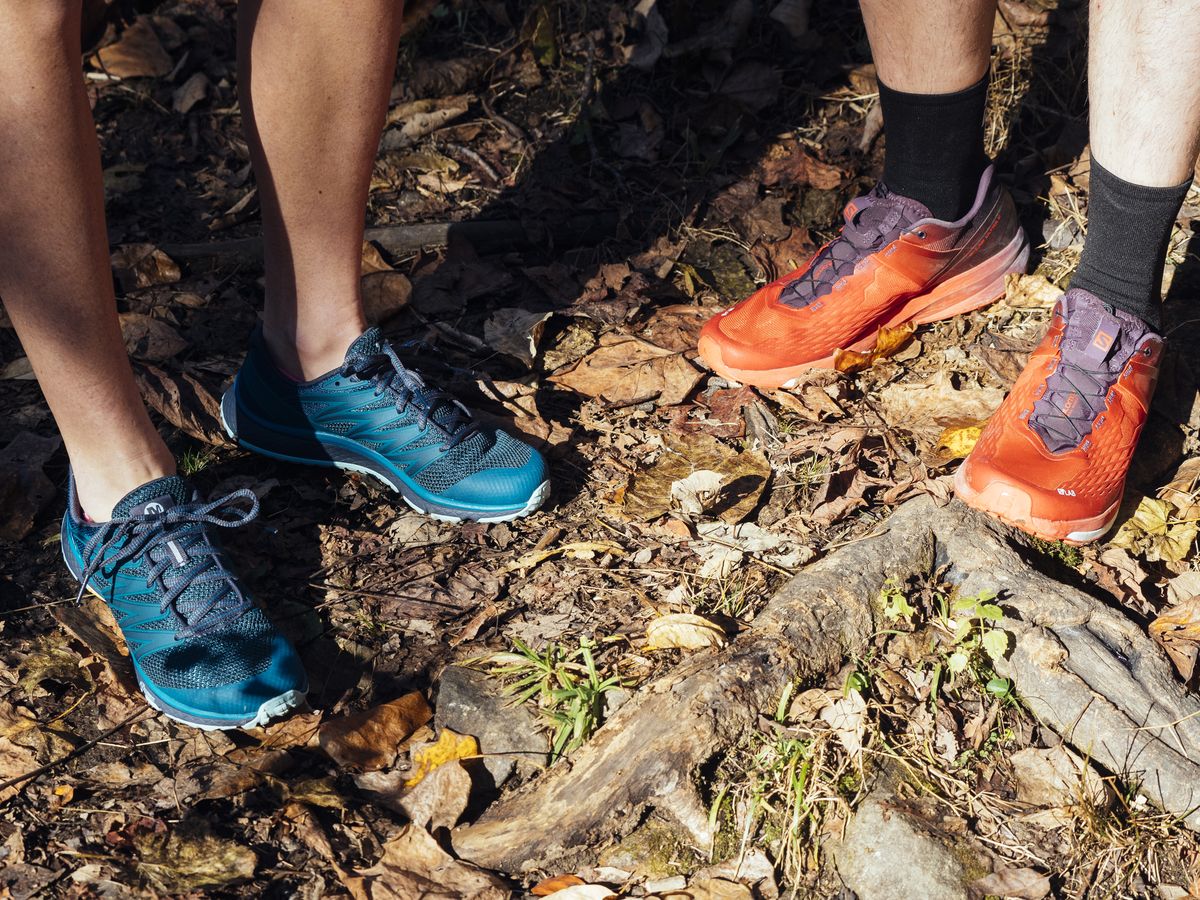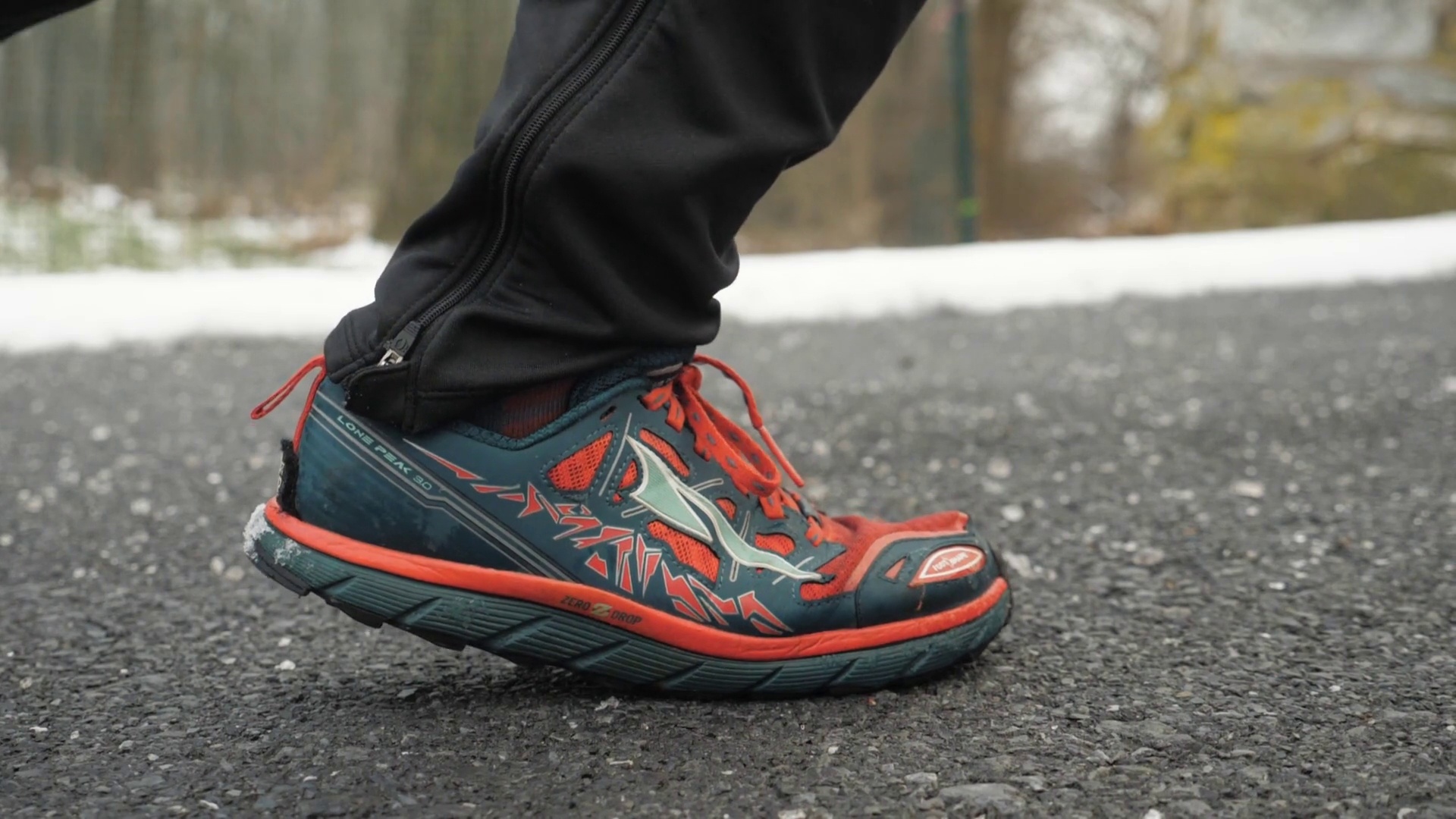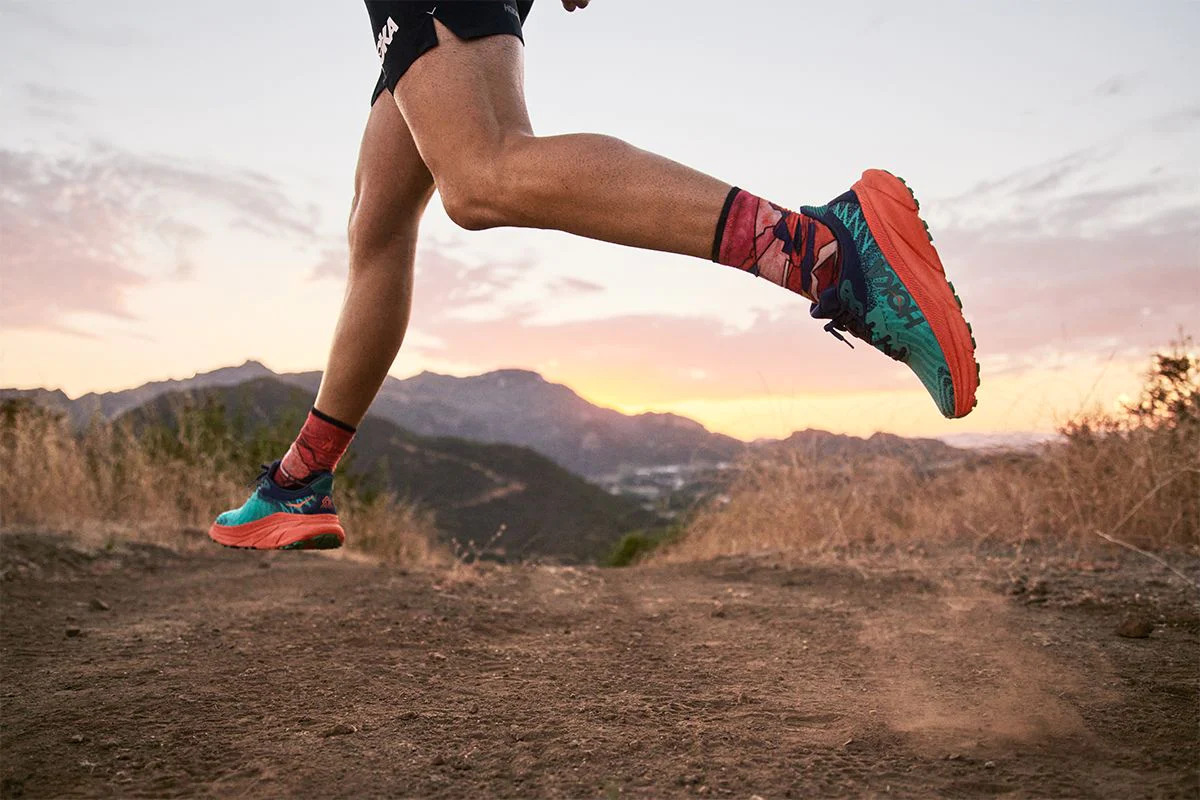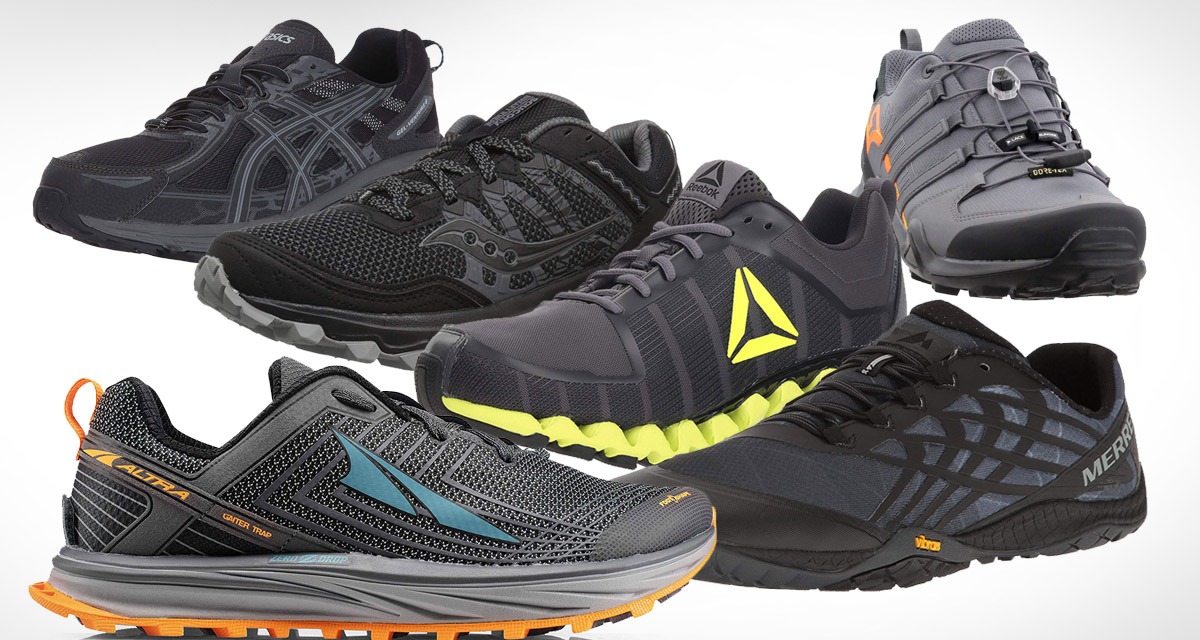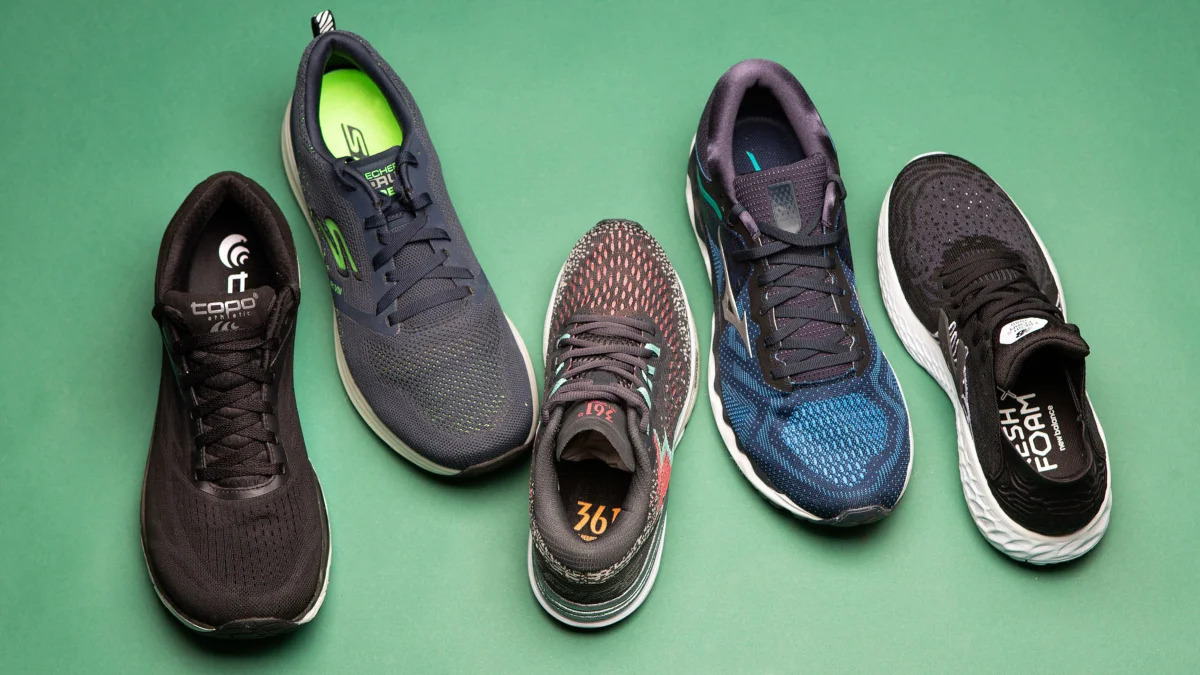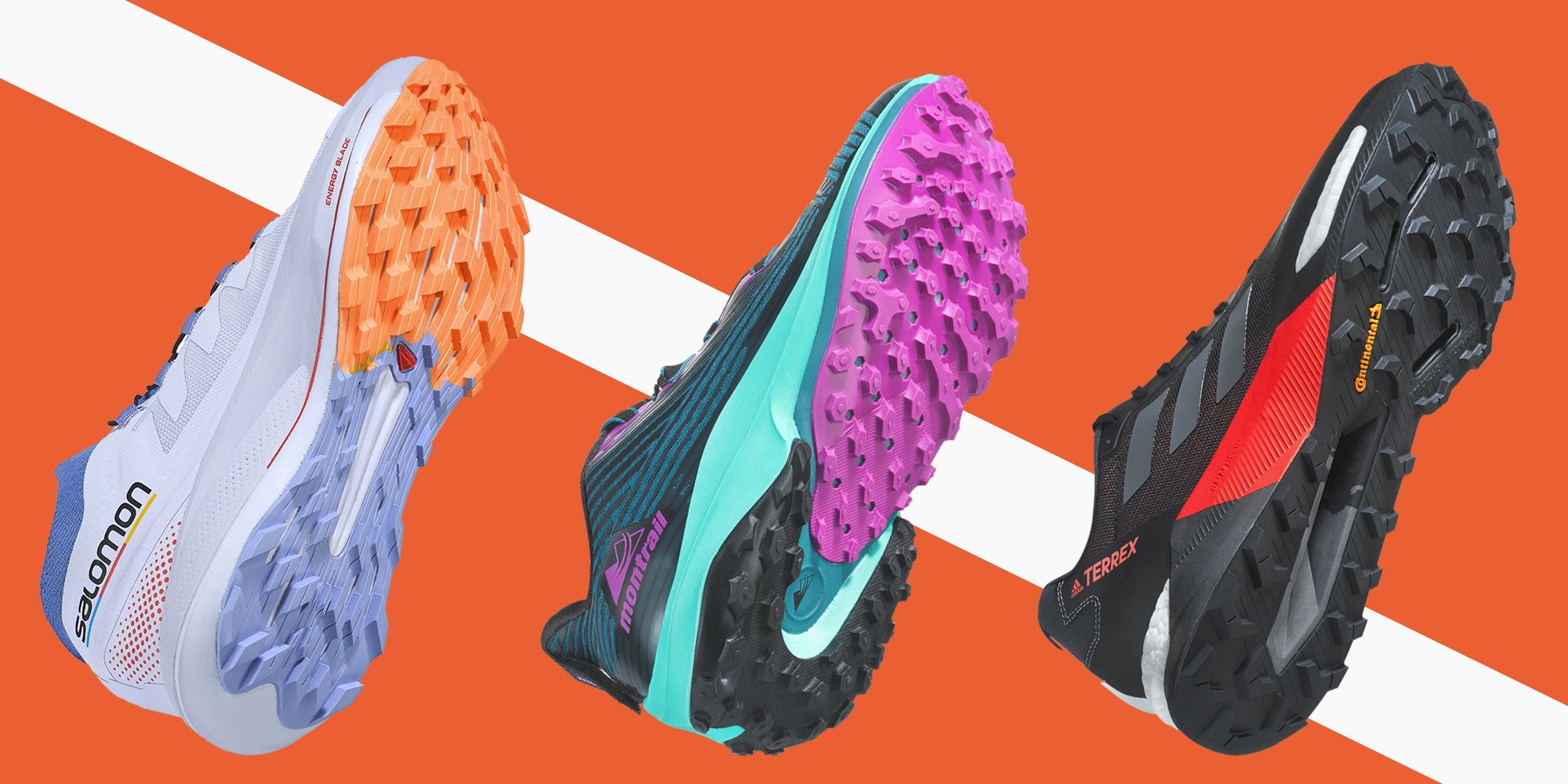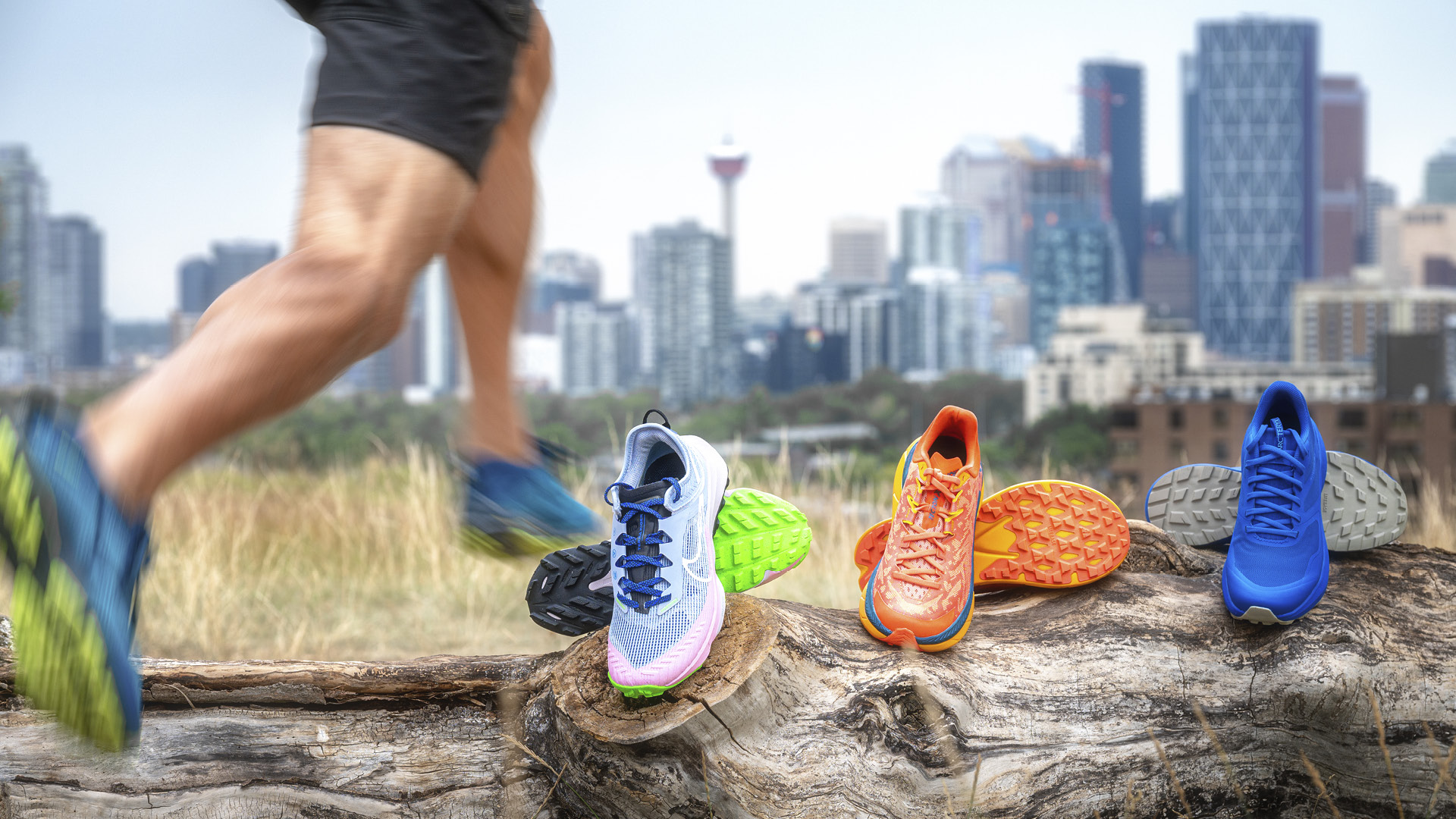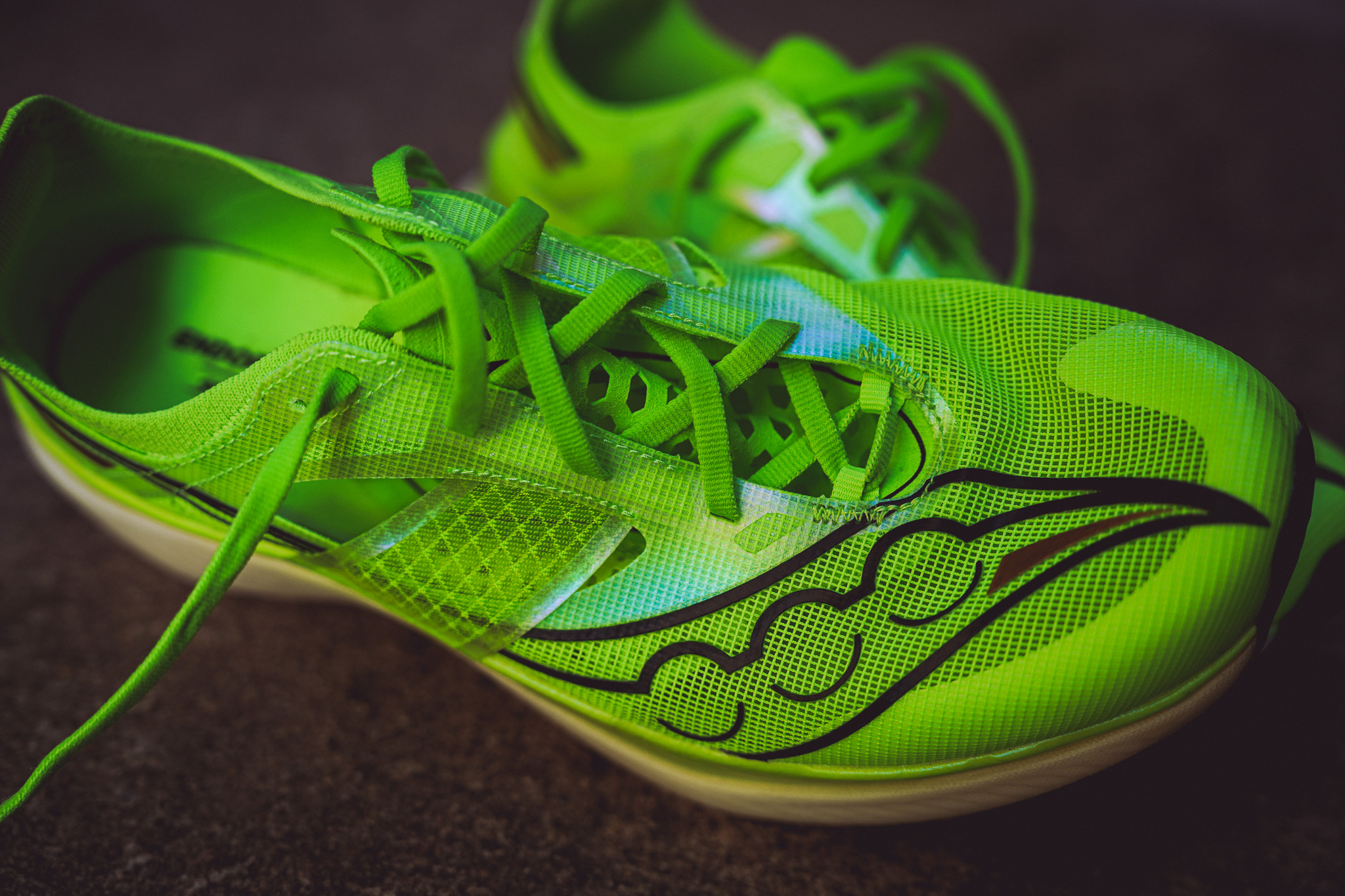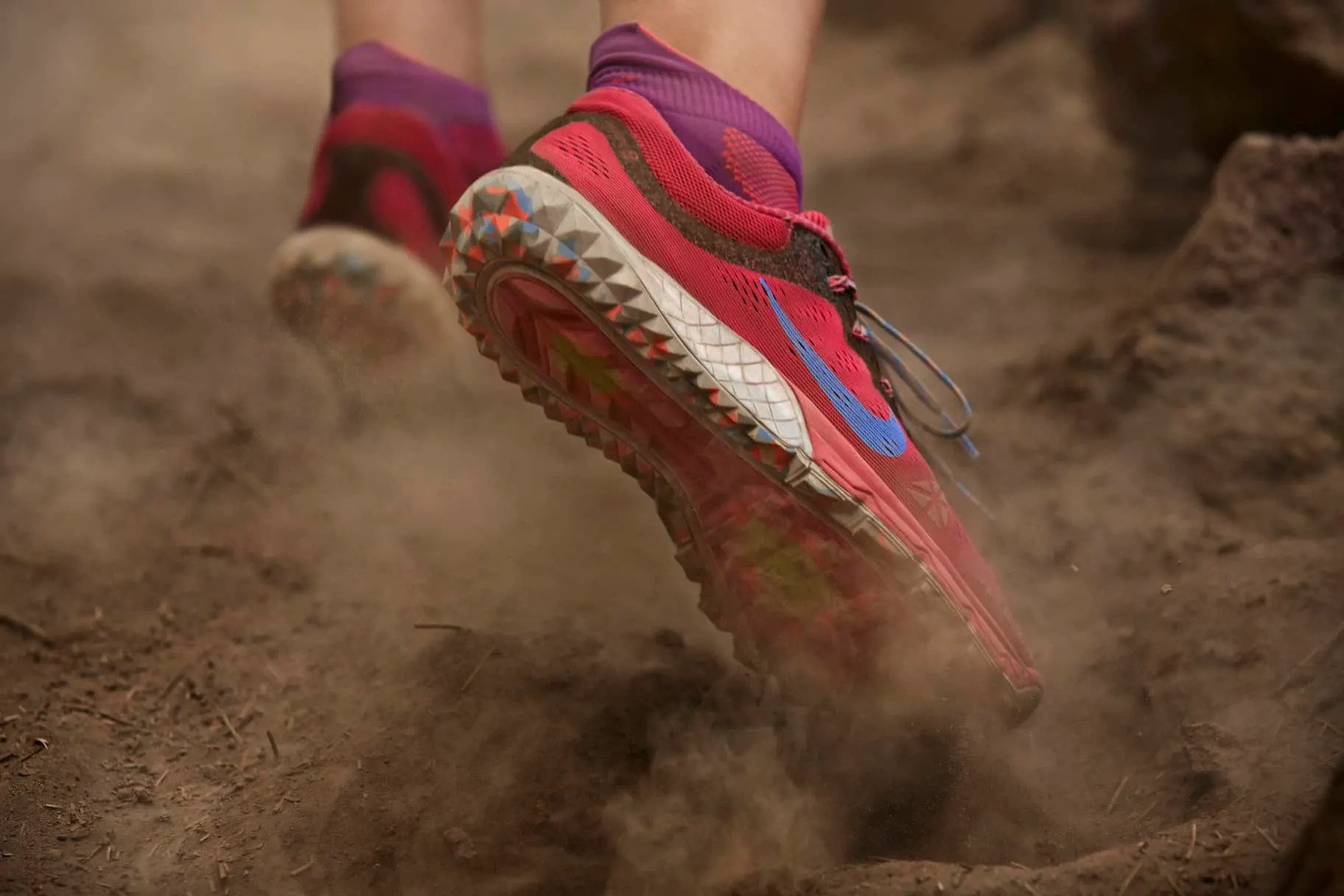Home>Running Events>Marathon>The Perfect Fit: How Long Should Trail Running Shoes Be?


Marathon
The Perfect Fit: How Long Should Trail Running Shoes Be?
Modified: August 19, 2023
Discover the ideal length for trail running shoes in this comprehensive guide. Gain insights into finding the right balance between a snug fit and ample toe space based on your personal preferences, foot shape, and running style.
A perfect run is a harmonious blend of many elements – your fitness level, the weather, the trail, your mindset, and not to be underestimated, your gear. One of the most crucial aspects of your running gear is undoubtedly your shoes. This holds particularly true for trail runners who have to navigate diverse and challenging terrains.
As a trail runner, finding the right fit for your running shoes becomes even more important. And it’s not just about the width or the overall fit. The length of your trail running shoes plays a pivotal role in ensuring comfort and preventing injuries. But how long should your trail running shoes be? Let’s dive in and unravel this mystery.
The Importance of Proper Length in Trail Running Shoes
Getting the length of your running shoes right might seem like a no-brainer. However, there’s more science to it than one might initially think. Here’s why the length of your running shoes is crucial:
- Comfort: Shoes that are too short will cramp your toes, causing discomfort. On the other hand, shoes that are too long can lead to blisters as your feet slide inside the shoe.
- Injury Prevention: Properly fitted shoes help prevent common running injuries such as blisters, calluses, bunions, and even neuromas (pinched nerves).
- Performance: The right shoe length will allow you to run freely and comfortably, which in turn improves your overall performance.
The Thumb Rule: What’s the Ideal Length?
A widely accepted rule of thumb (quite literally!) is to leave about a thumb’s width of space between your longest toe (which isn’t always the big toe) and the end of the shoe. This space allows for foot expansion that happens naturally as you run, especially during long distances.
However, remember that every foot is unique, and personal comfort should always be the ultimate deciding factor.
How to Measure Your Foot Length Correctly
To get the right shoe length, you first need to measure your foot correctly. Here’s a step-by-step guide on how to do it:
- Place a blank piece of paper on a hard floor.
- Stand on the paper with your heel against a wall.
- Mark the longest part of your foot on the paper. Repeat with the other foot because they might be different lengths.
- Measure the length from the bottom of the paper to the marked line.
- Use this measurement to find your shoe size using a shoe size chart.
Remember to measure your feet in the evening because your feet tend to expand throughout the day.
Other Factors to Consider When Choosing the Length of Your Trail Running Shoes
While the length is an essential aspect, there are additional factors to consider when choosing the perfect trail running shoe size:
- Width: A shoe could be the right length, but if it’s too narrow or too wide, it won’t be comfortable.
- The Shape of the Shoe: Different brands have different shoe shapes. Some may have a wider toe box, while others may be narrower. Choose a shape based on the anatomy of your foot.
- Running Conditions: If you’re running long distances or in hot weather, go for slightly longer shoes as your feet can swell under these conditions.
Conclusion
Finding the perfect pair of trail running shoes can be a game-changer. It can enhance your performance, increase your comfort, and reduce the risk of injuries. So, take your time to understand your feet and find the ideal length for your trail running shoes. Because in the trail running world, every little detail counts!
FAQs
Should trail running shoes be a size bigger?
Not necessarily. However, it’s advisable to have about a thumb’s width of space from your longest toe to the front of the shoe to allow for foot expansion during running.
How do I know if my trail running shoes are too small?
If your toes are touching the front of the shoes or feel cramped, your shoes are probably too small. Small shoes can lead to discomfort, blisters, or even toenail problems.
Should my heel slip in trail running shoes?
No, your heel should stay securely in place. If your heel slips, it can cause friction, leading to blisters.
How often should I replace my trail running shoes?
Most trail running shoes will last between 300-500 miles. However, this can vary based on running style, weight, and the roughness of the trails.
Can I use trail running shoes for road running?
Yes, but it’s not ideal. Trail running shoes have an aggressive tread pattern for off-road grip, which can make them less comfortable and quick to wear out on the road.
